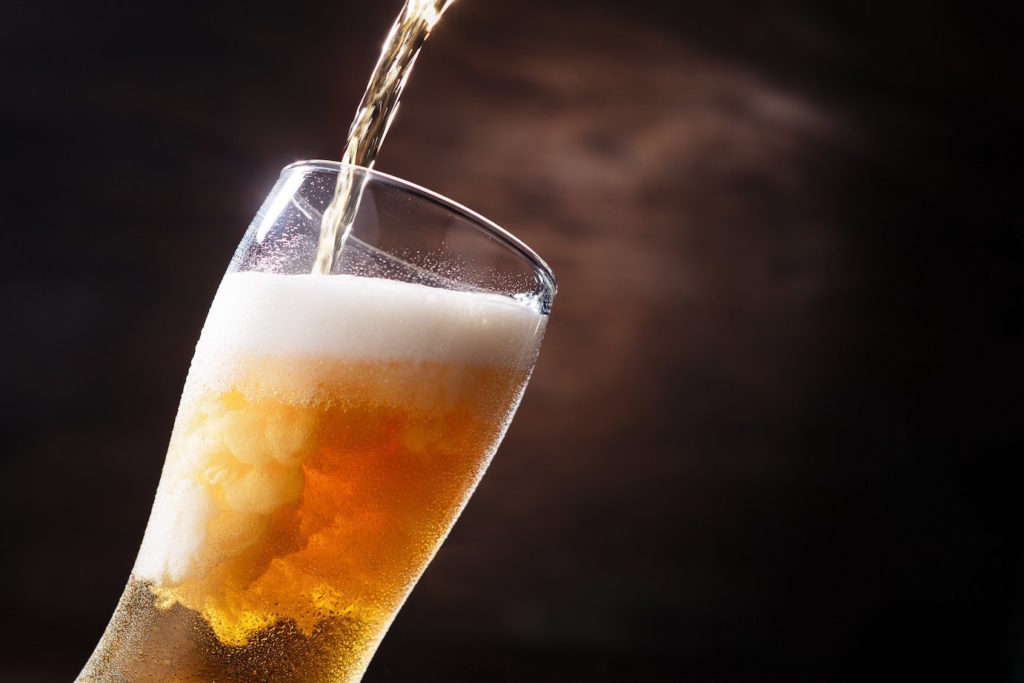Unlike wine connoisseurs, beer lovers (or, if you want to be fancy, cicerone) aren’t particularly picky about a brew’s origin. After all, a traditional English Ale is going to be judged completely different from, say, a Czech lager — save, of course, for when it comes to hops.
Of all the hops you’ll encounter on your beer brewing journey, there are four commonly cited hops that you’ll probably see: Saaz, Tettnanger, Spalt, and German Hallertaue hops, collectively known as the Noble Hops. These hops derived their name from the fact that they were the first commonly used hops in Europe back in the medieval times, and their strains persist today. For brewers and cultivators, the Noble Hops are a choice ingredient for giving beers a unique hoppiness, aroma, and flavor.
Here are some basic facts about the Noble Hops, and why you should consider them for your next home-brewed ambrosia:
Saaz
Although it sounds German, this hop actually hails from the Czech city of Žatec (Saaz is the German pronunciation of it). The city is renowned for its hop cultivation, and the Saaz hop is its crowning jewel. Saaz hops are prized for their spicy, floral, and citrusy aroma, with some beer sommeliers even detecting hints of cedarwood, tarragon, lavender, and at times, smoked bacon.
Unfortunately, the Saaz is also an extremely delicate plant, having been cloned nine times since the Middle Ages. Thankfully, modern cultivators are able to preserve the plant and keep it alive and kicking.
Spalt Hops
The German town of Spalt has been in the hop cultivation business since the late 8th century, but it wasn’t until 600 years later in the 14th century when this Bavarian brew started making rounds across Europe when it was cross-bred with the Saaz hops. By 1538, the Spalt hop was given the German hop seal, a centuries-old seal of approval that’s still cherished today. The Spalt hop is known for being hoppy, floral, fruity, and herbal, with brewers also finding notes of banana, woody, and peppery flavors.
Tettnanger Hops
Originating from the South German town of Tettnanger (near the border with Switzerland), the Tettnanger hop is now grown worldwide, with some strains being cross-bred with Fuggle hops (although the latter is not considered to be a “true” Tettnanger hop, and therefore not a Noble Hop). Although it has a hint of spice, it’s much softer and more balanced, with floral and herbal aromatics taking center stage, while its bitter and aromatic flavors lend it a more subtle mouthfeel than other hops.
Hallertaue or, Hallertauer Mittelfrüh Hops

Unlike the previous three hops, which are all derived from the same strain, the Hallertaeu, or Hallertauer Mittelfrüh hops, is thought to be descended from an ancient German landrace, or a traditional wild breed of hops in Germany. Because of this, the Hallertaue hops is susceptible to wilt disease, which has led cultivators to cross-breed it with hardier strains like Fuggle. This hop also has spicy and floral aromas and flavors, although it is much more subtle than its Noble peers.
The Noble Hops are among the most prized ingredients in beer brewing. As its name suggests, it lends a unique, refined, and completely pleasant aroma and flavor to your favorite brew.






